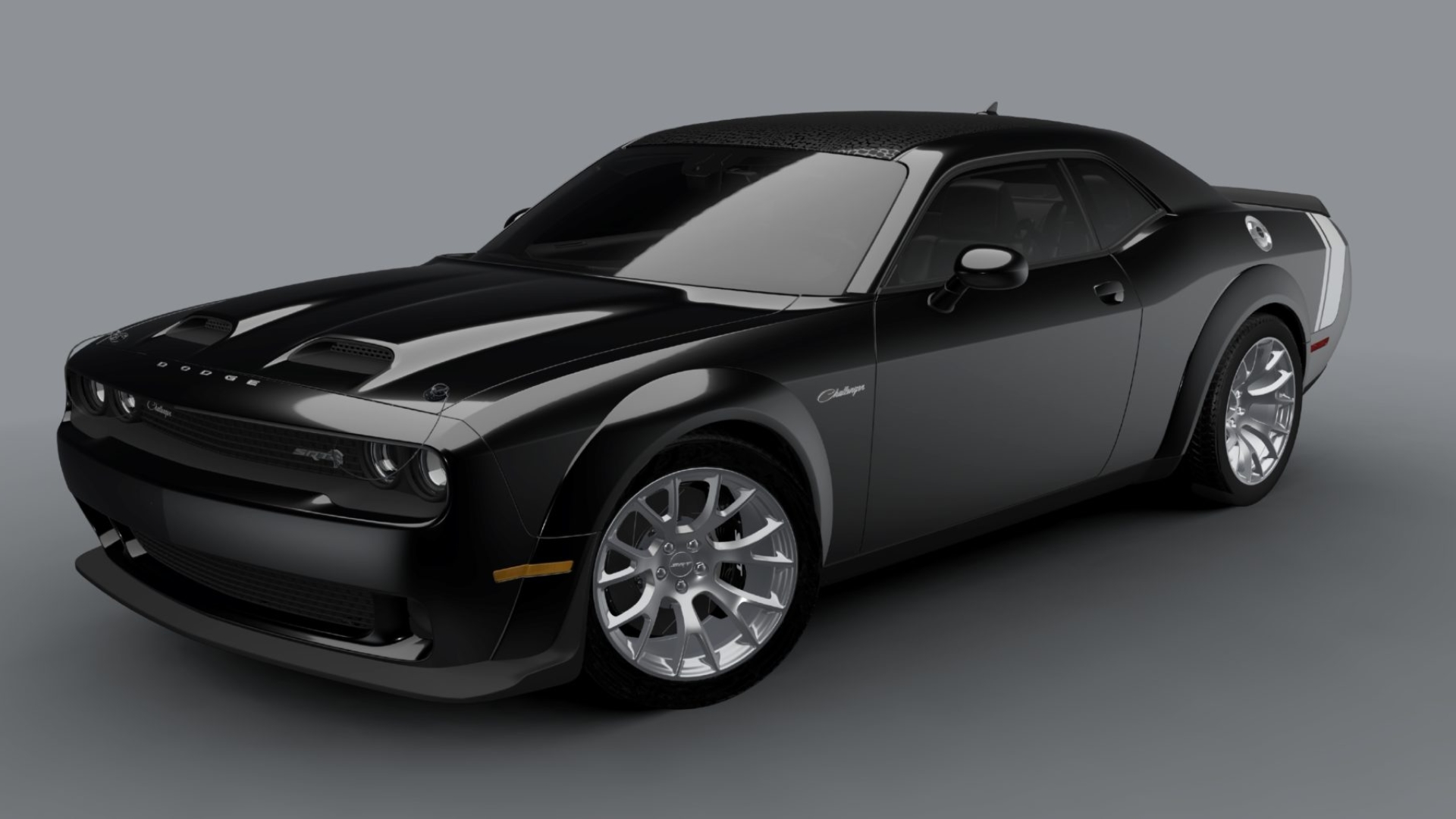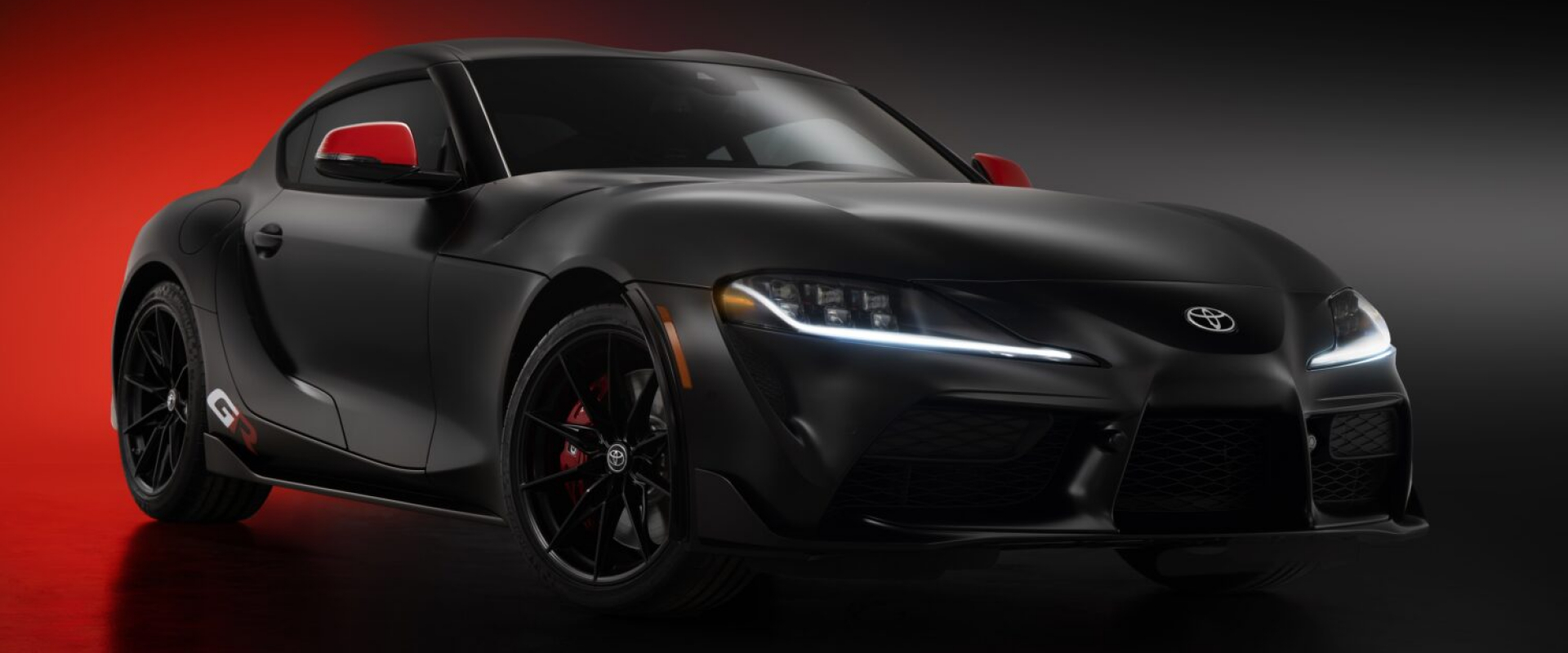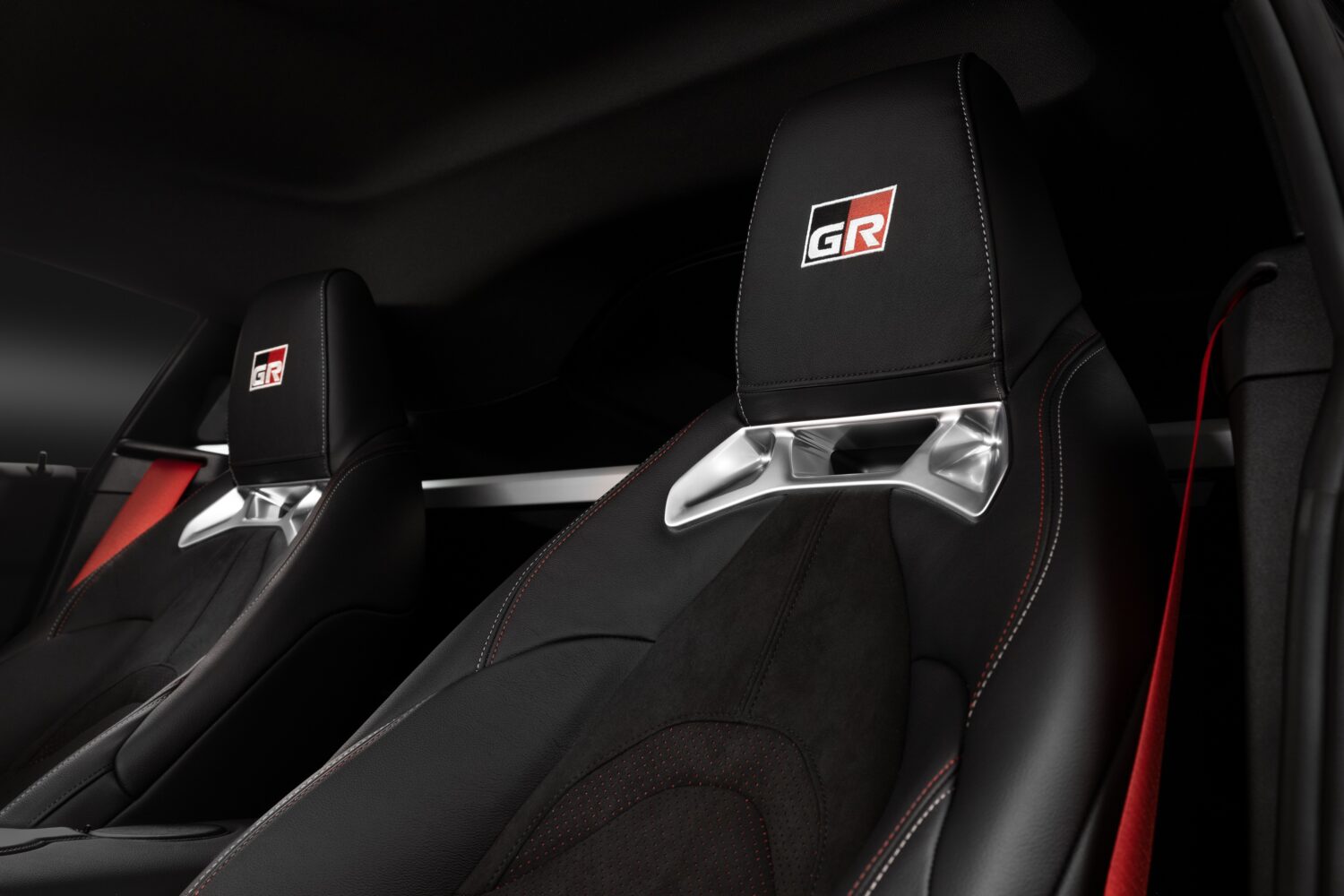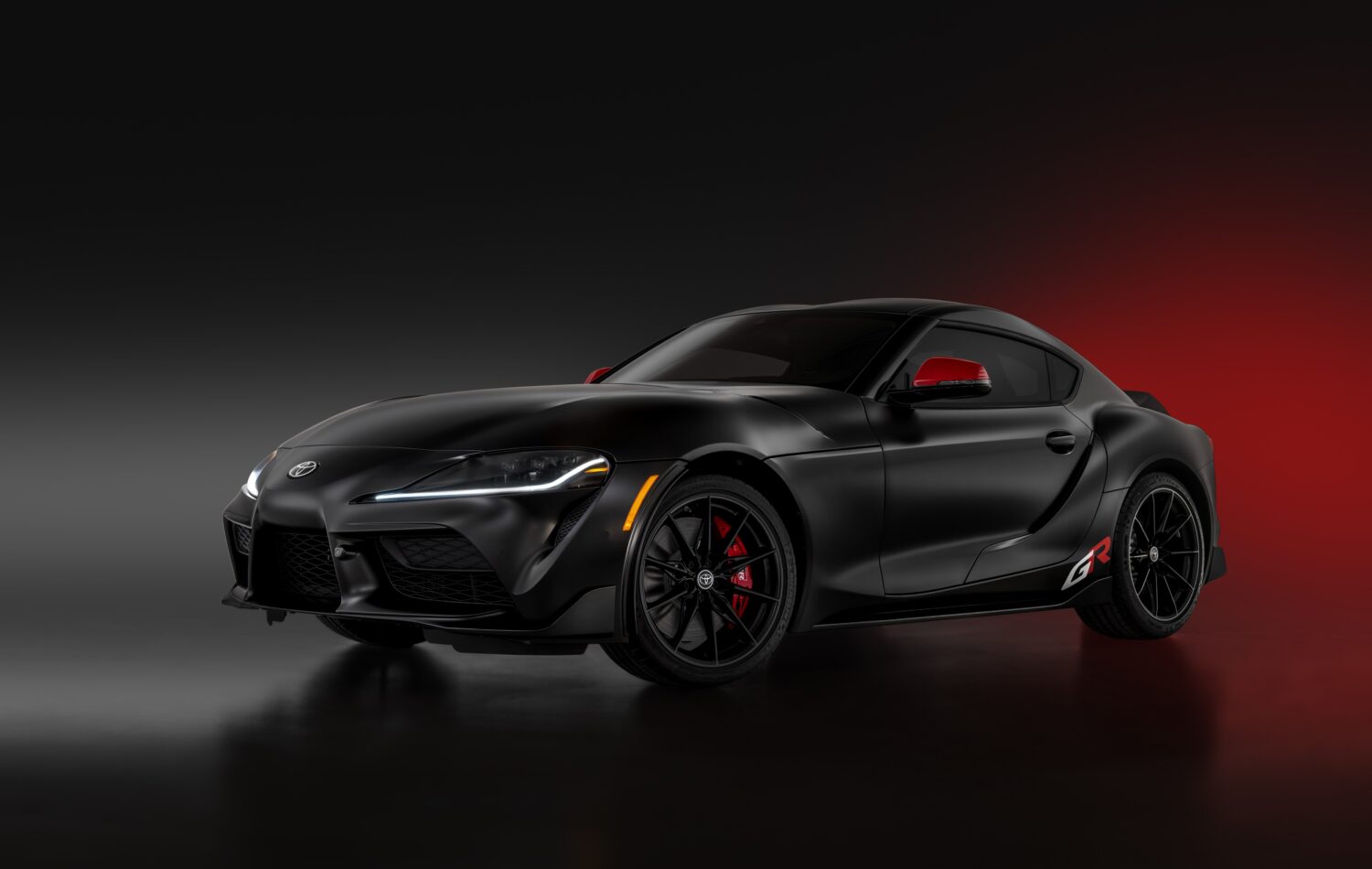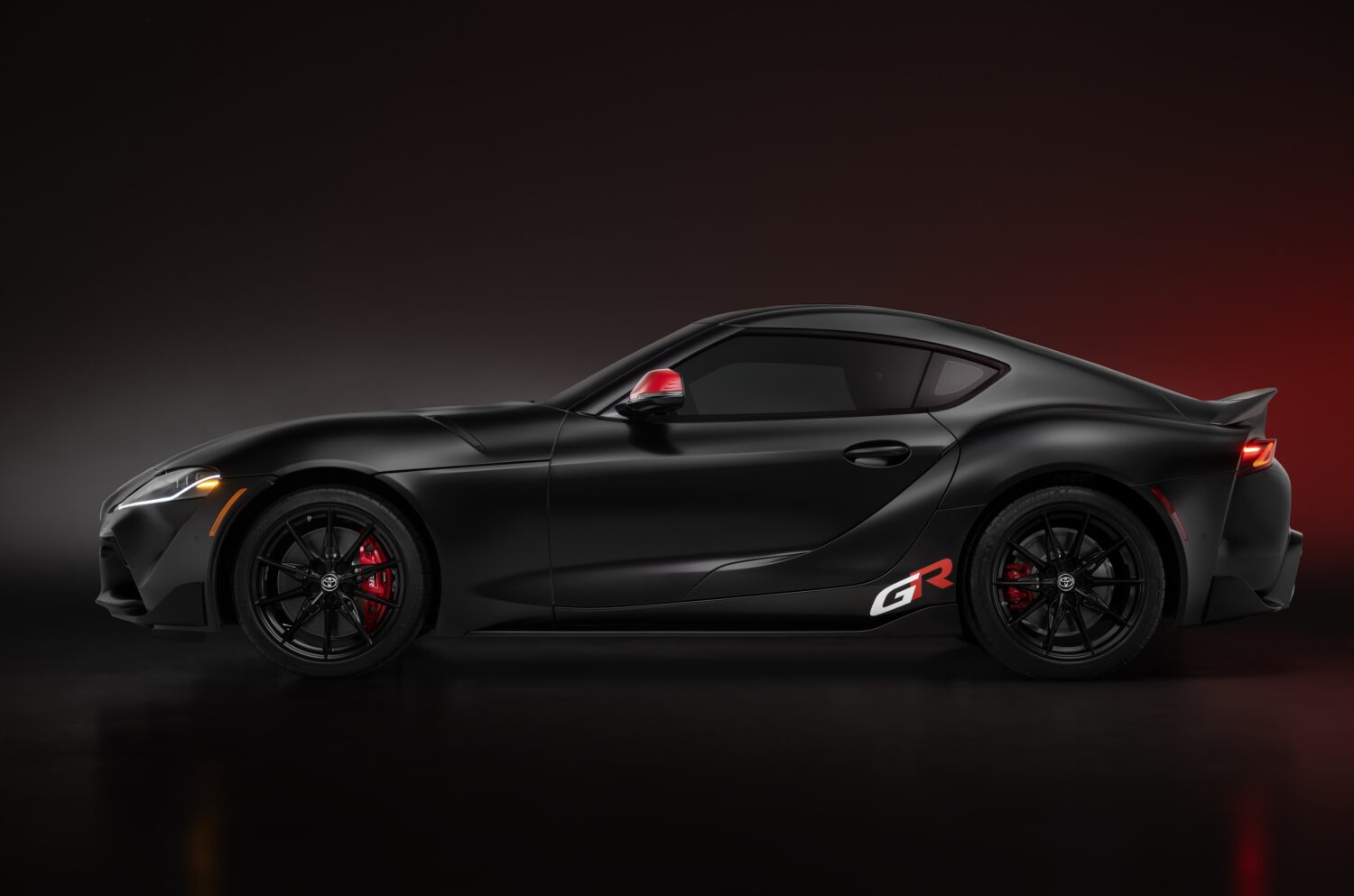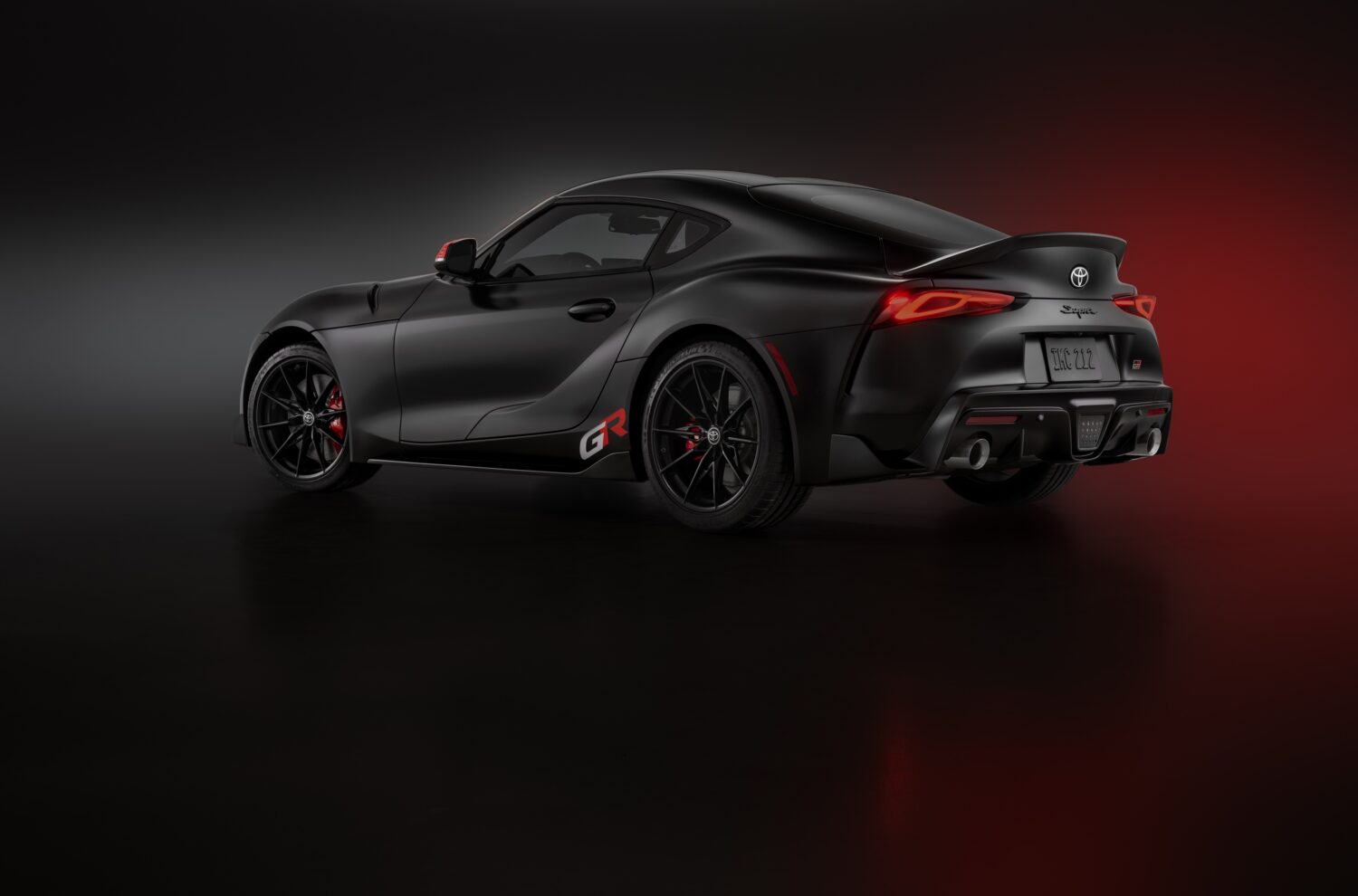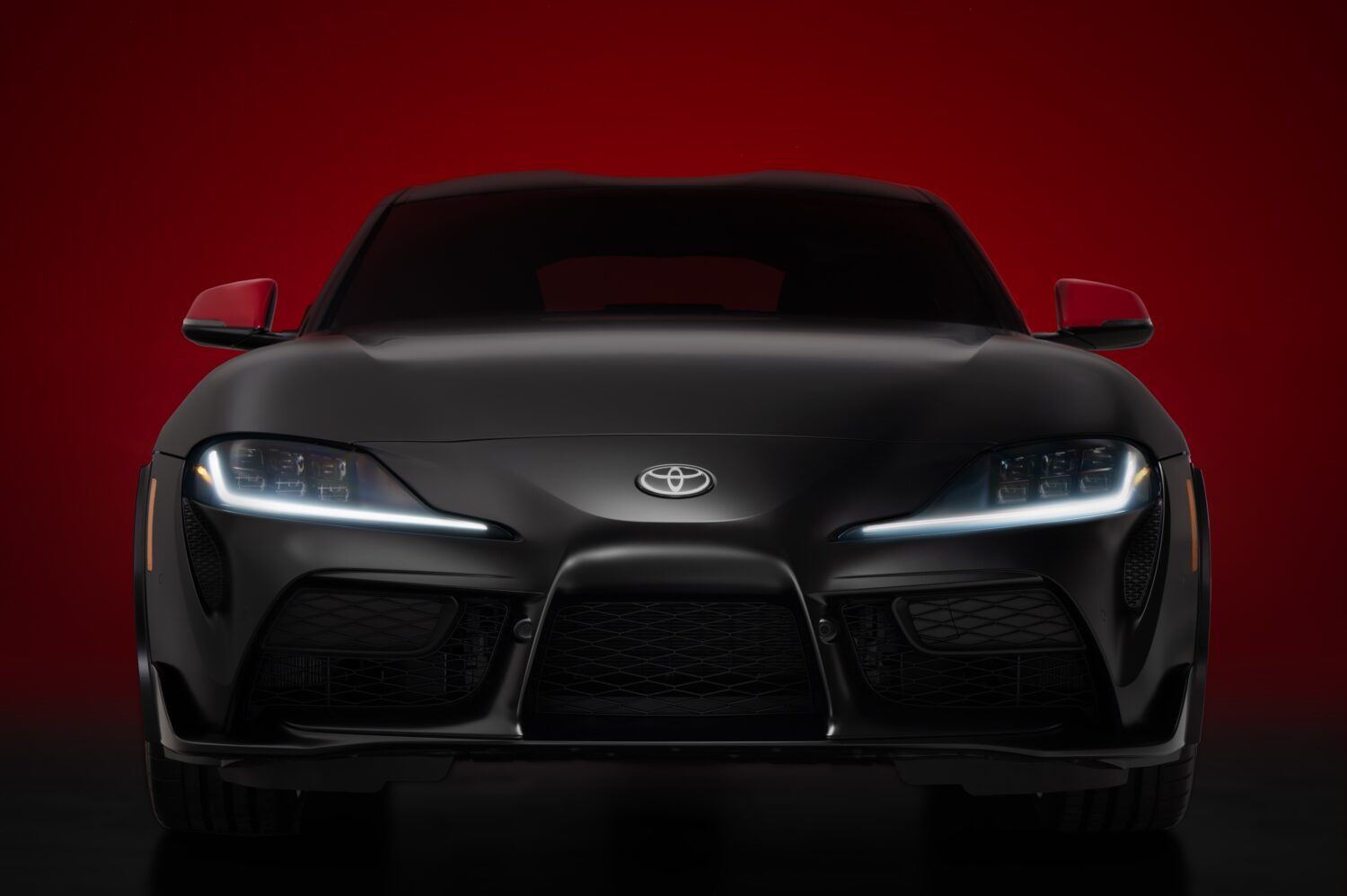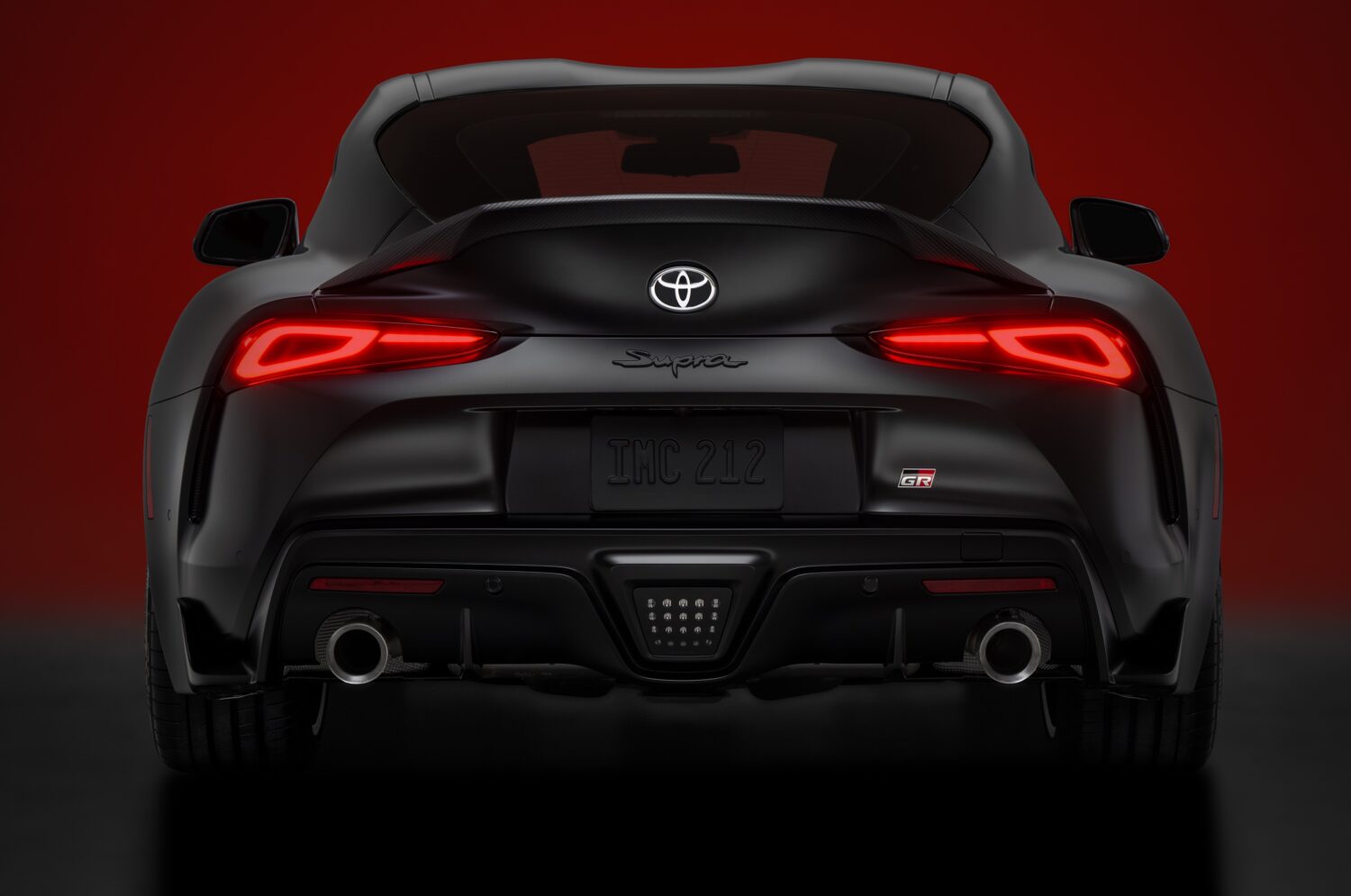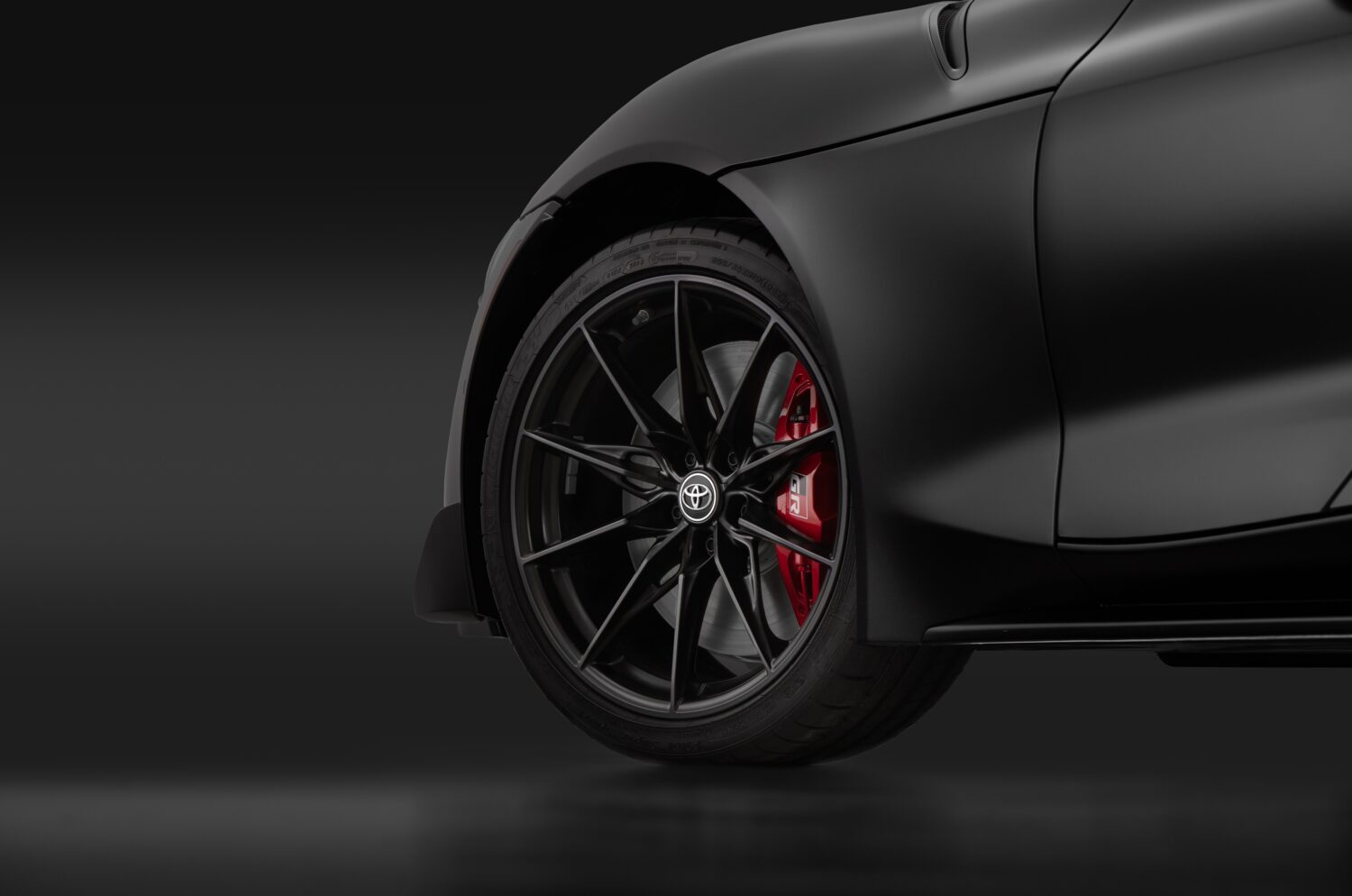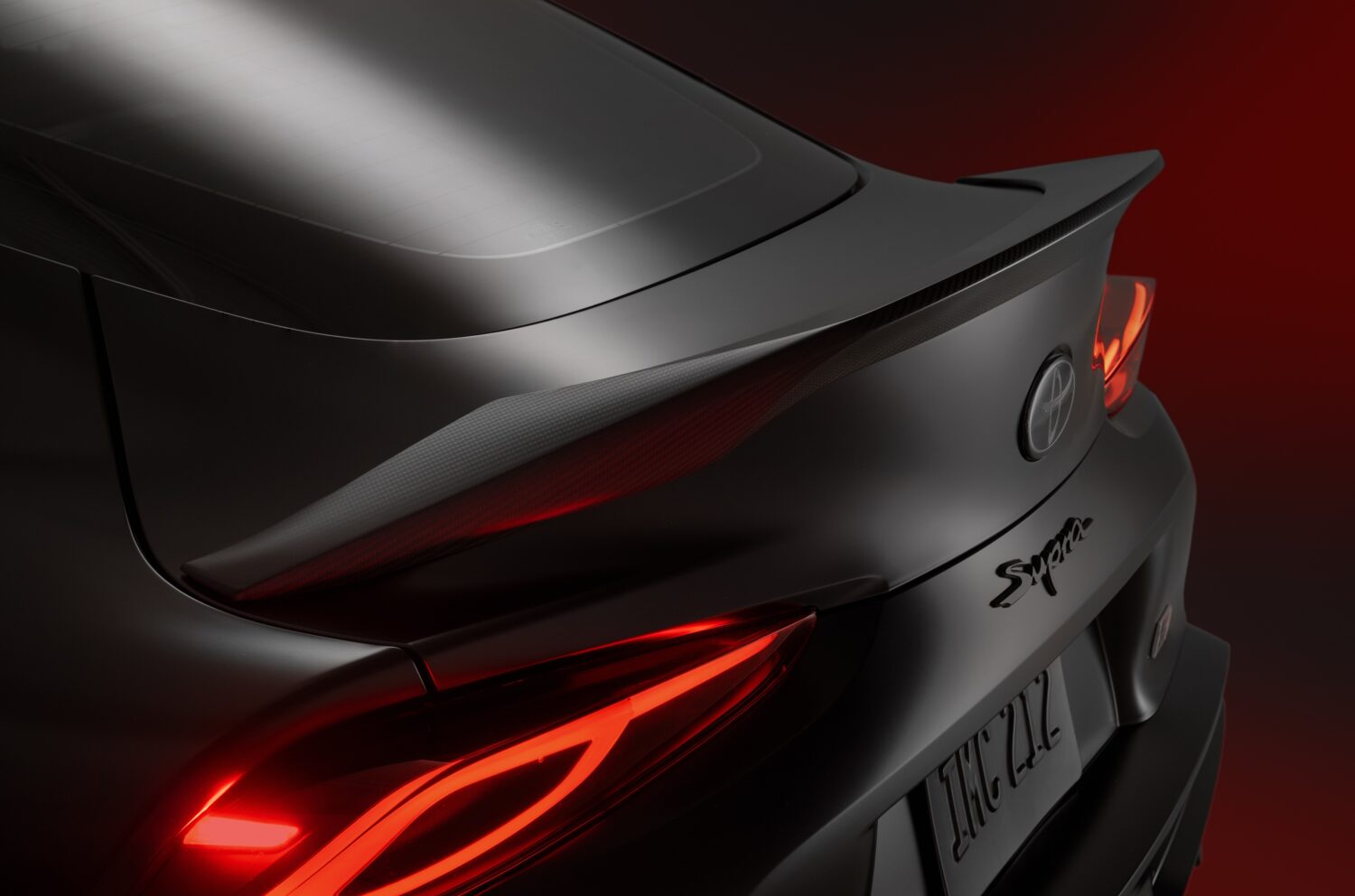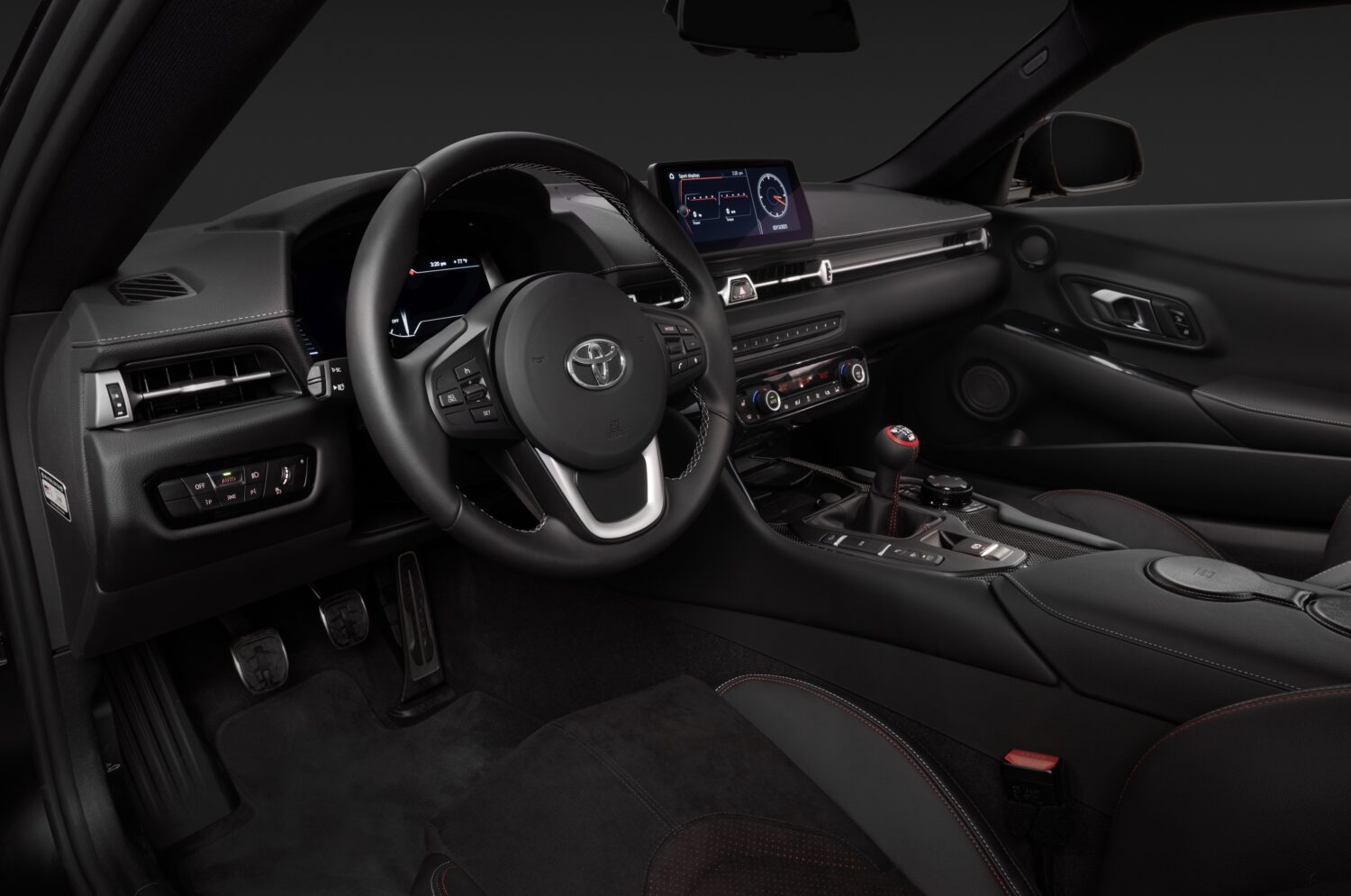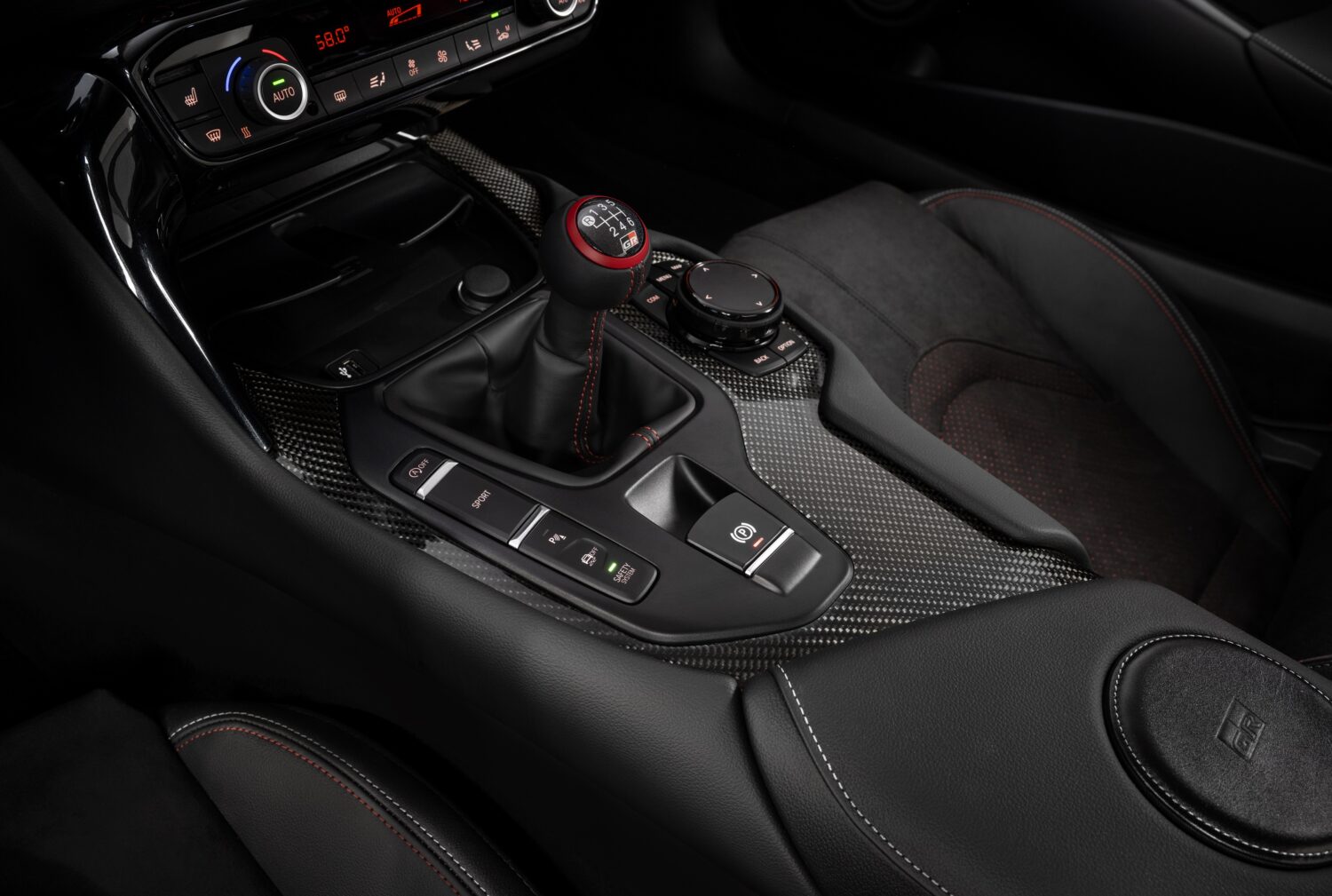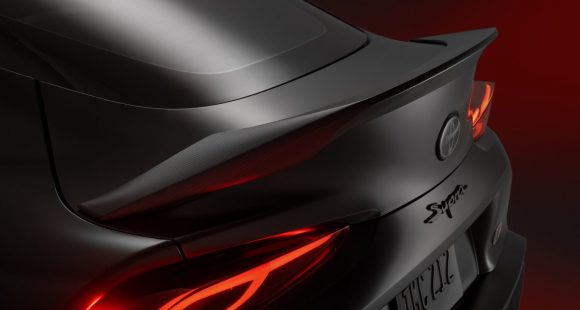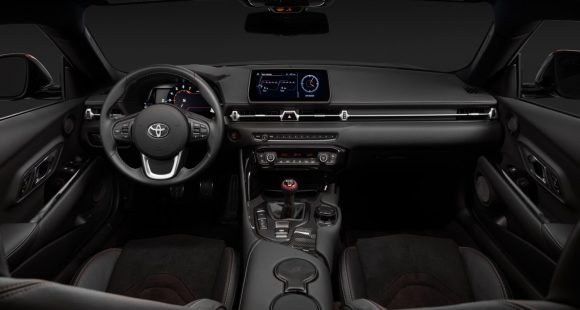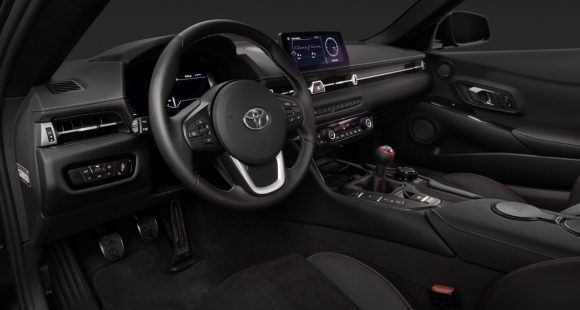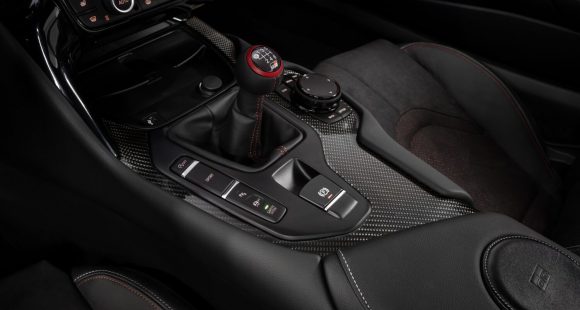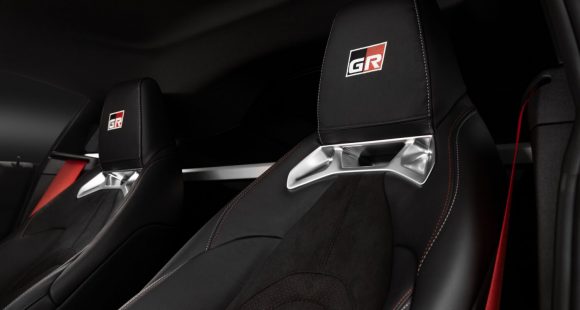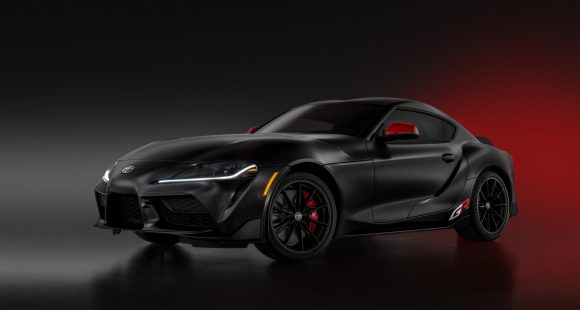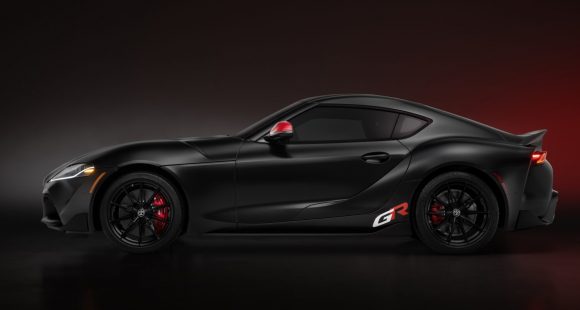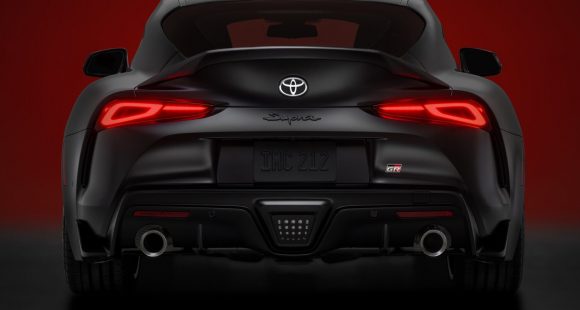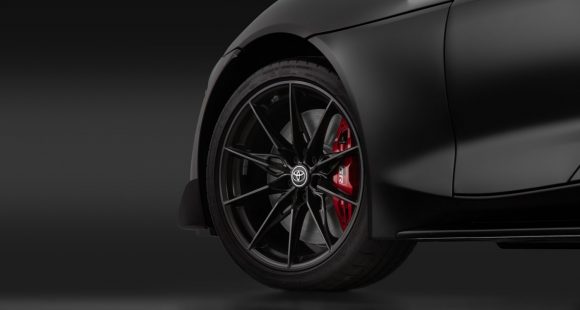Dodge Challenger Black Ghost; Sixth Last Call Model Announced
November 22, 2022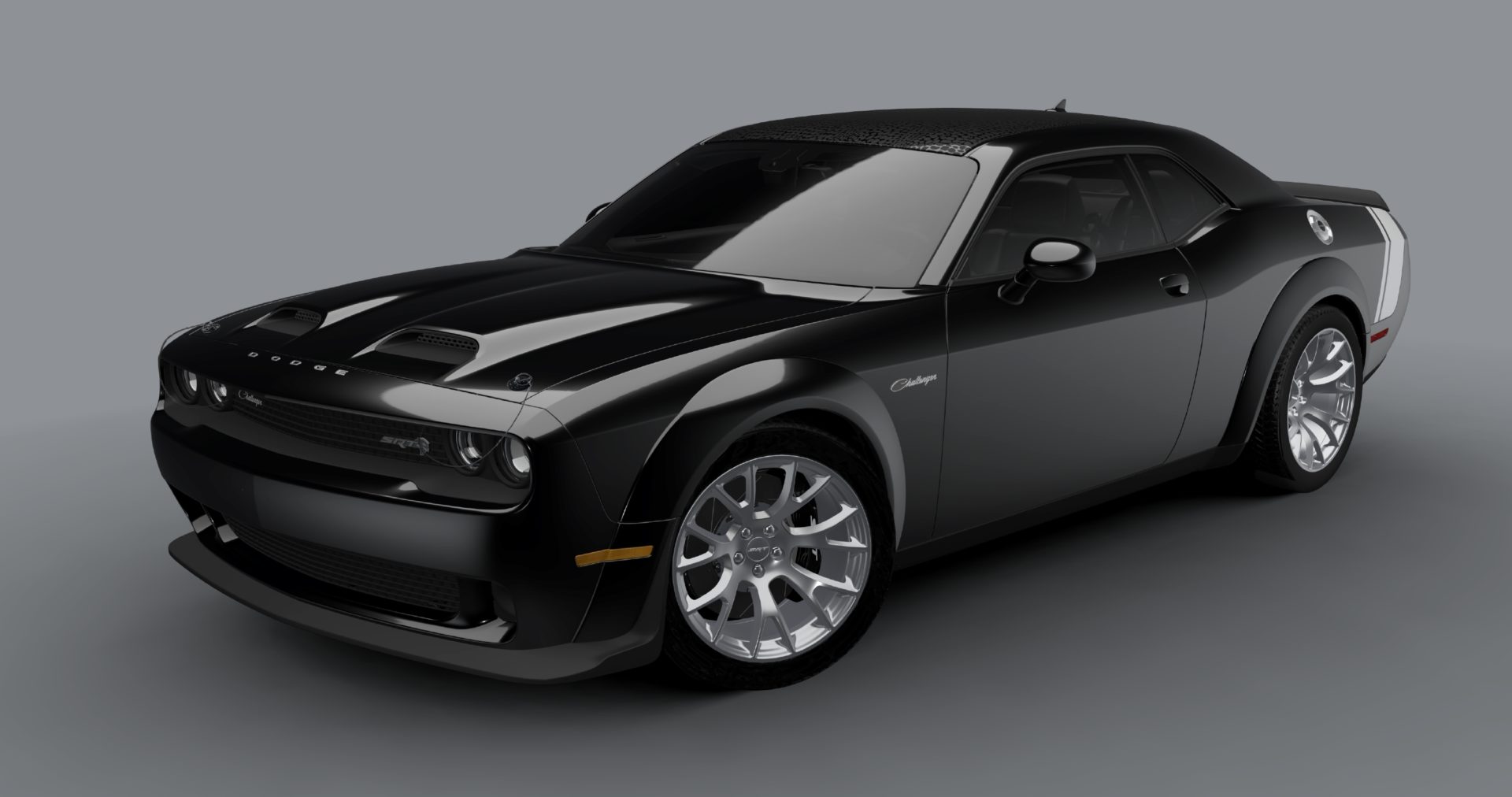
Continuing its streak of reveals, Dodge is showcasing the Challenger “Black Ghost,” the sixth out of seventh “Last Call” models to be introduced for the Challenger’s (and Charger’s) twilight year.
The 2023 Challenger Black Ghost pays homage to a similarly named model of Woodward Avenue legend. Owned by Godfrey Qualls, the original Black Ghost was a 1970 Challenger RT SE powered by a 426 HEMI. It went on to earn a spot in the National Historic Vehicle Register in 2020, and remains in the Qualls family.
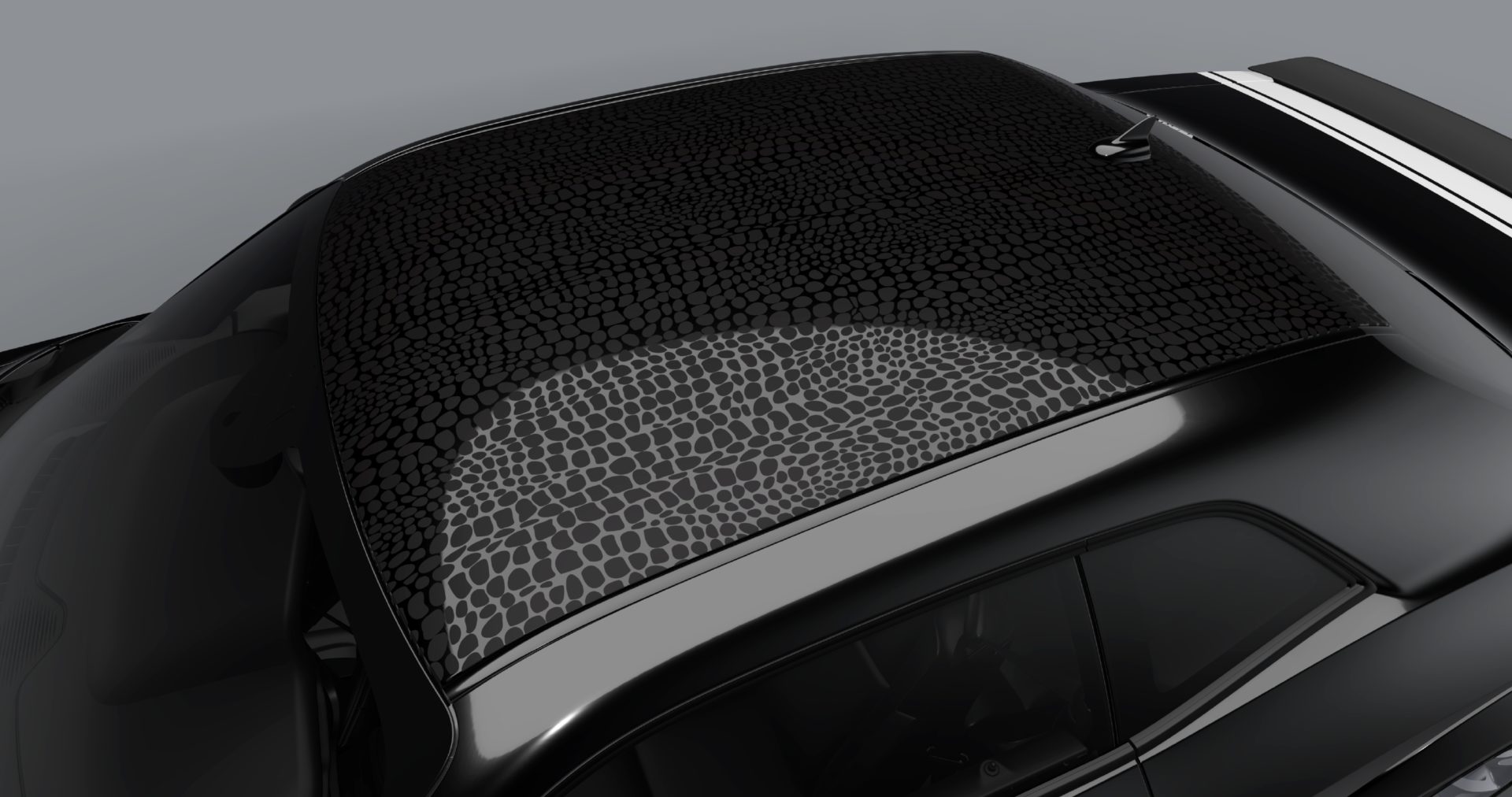
The OG famously flexed its muscle before driving off into the night, gone without a trace; the new one should be equally stealthy thanks to the black and chrome appearance dressing the SRT Hellcat Redeye Widebody. Under the hood is something less inconspicuous; the Hellcat Redeye’s supercharged 6.2-liter V8 beefed up to 807 horsepower.
Some of the more standout appearance features include the bright Dodge badging upfront and the “gator skin” roof vinyl. Less noticeable is the Midnight Metallic SRT grille badge, black MOPAR hood pins and six-piston Brembo brakes. The undercover interior is wrapped in a mix of Alcantara and leather, broken up by the red SRT logo on the wheel and carbon fiber bezels.
The sad news is that only 300 of these will be made, allocated to specific dealerships. As with all “Last Call” models, pricing and ordering details will be shared once ordering opens later this fall.
Toyota GR Supra MkV Final Edition Marks End of Fifth-Gen Model
April 4, 2025With the number of special editions Toyota has released for their Gazoo Racing models, the GR Supra, GR Corolla and GR86, the announcement of another limited run trim might not seem all too “special” at first. But this one most certainly is, as the 2026 Toyota GR Supra MkV Final Edition is the sendoff for this two-seater sports car.
It certainly looks the part, but the Final Edition treatment goes deeper than its sheet metal and carbon-fiber bodywork. Toyota has outfitted this grade with a number of performance enhancements, none of which increase output from the turbocharged 3.0-liter inline-six, still rated at 382 horsepower and 368 lb-ft of torque; but a particular focus has been paid to how that power is delivered to the tarmac, as well as various chassis and aero refinements.
Toyota claims traction has improved thanks to exclusive control mapping, thus reducing the rear-driven coupe’s potential to understeer, and we’re confident the recalibrated power steering system will further refine the sport of hunting apexes, boasting a more direct feel. Reining it in are four-piston Brembo brakes biting on larger 14.7-inch diameter front discs (and the same 13.6-inch rear discs found on the 3.0 Premium); and behind those wheels is a retuned suspension setup, with updated camber settings and electronic shock absorbers for more cornering stability. The front control arms now use stronger rubber bushings, and the rear sub-frame’s rubber mounts have also been bolstered. The carbon rear spoiler, front wheel arch flaps and tire spats, now higher, are the results of an aerodynamic workshop.
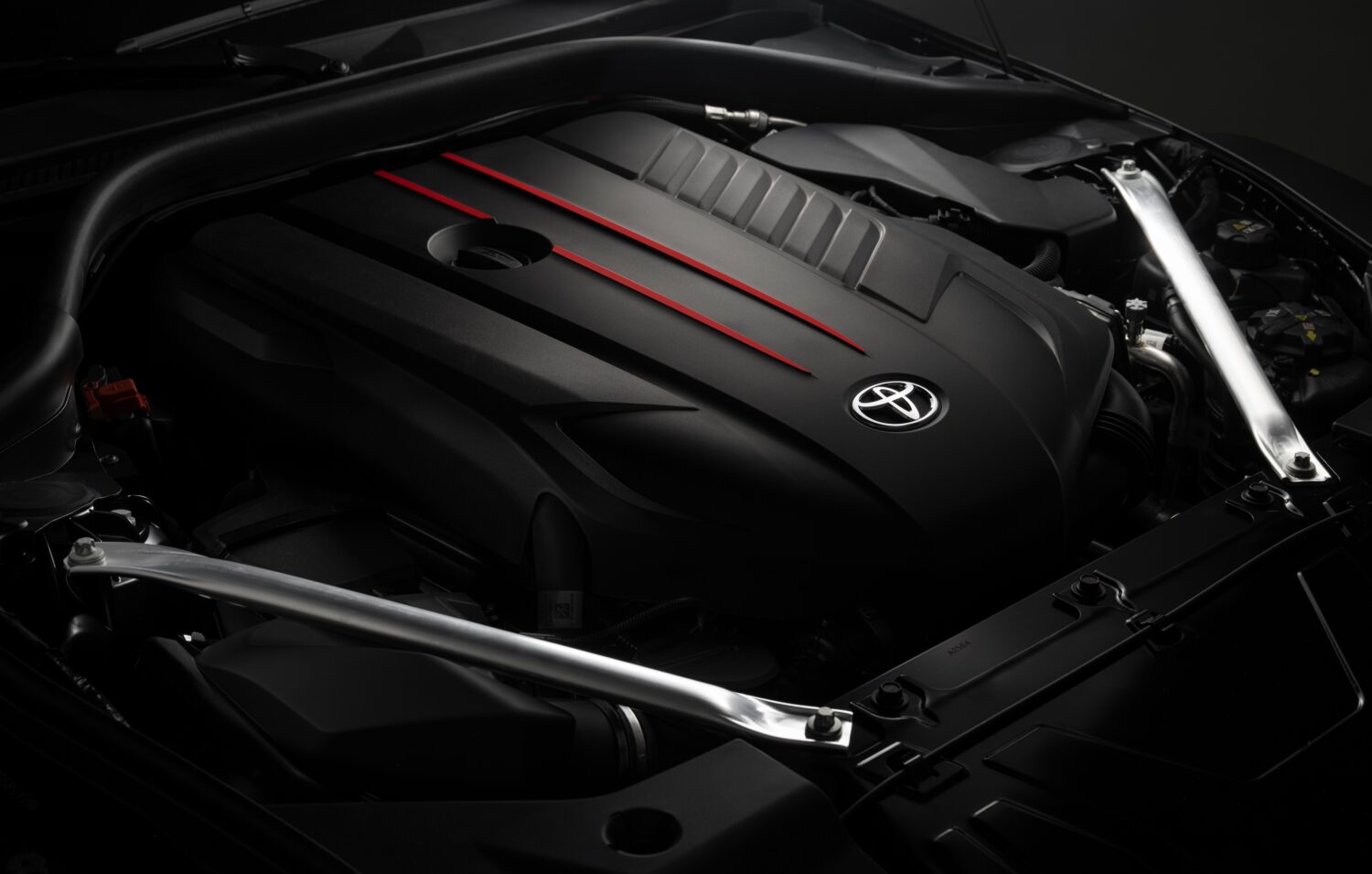
If the 19-inch wheels, bits of carbon and cabin wrapped by red-stitched Alcantara aren’t enough for you, you might consider the GT4 style pack. Inspired by the model’s GT4 EVO2 race variant, this pack includes special side graphics, a matte carbon rear ducktail spoiler, matte black “Supra” badging and red mirror caps, paired with exclusive extra-cost, matte-finished paint options: Burnout or Undercover.
Beyond that, you can expect similar performance features when compared to the returning 3.0 and 3.0 Premium grades. All three are available with either a six-speed manual or an eight-speed automatic, all three wear Michelin Pilot Super Sport rubber (255 fronts and 275 rears), and all models let you shred said tires with a year-long membership to the National Auto Sport Association, which includes one free High Performance Driving Event and discounted entry prices to sanctioned events.
The 2026 Toyota GR Supra will arrive at dealers this spring, though the GT4 style pack is being withheld until the fall. Considering this to be the GR Supra’s sunset year, the light of production will fall under the horizon next spring. Expect Final Edition units to start at $69,085 with delivery, be them auto or manual.




